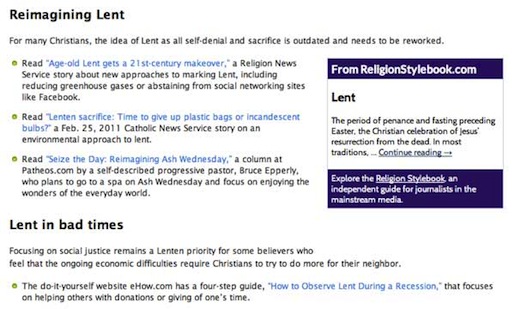The pope and his administrative clergy live in this 108-acre city-state that is the temporal headquarters of the Roman Catholic Church. Vatican City is an independent state in the center of Rome. The cathedral of the pope — the bishop of Rome — is the Basilica of St. John Lateran on the other side of Rome. In recent centuries popes have resided more often at the Vatican, which is built around St. Peter’s Basilica. St. Peter’s Basilica sits above the tomb where the remains of St. Peter, who Catholic tradition regards as the first pope and bishop of Rome, are believed to rest.
The popes were for centuries temporal rulers of a large swath of central Italy. But when Italy was united as a single nation in 1860, the Papal States became part of the new secular government, and the pope’s kingdom was reduced to the city of Rome. In 1870 Italian troops defeated the last papal forces and took Rome as the nation’s capital. The pope refused to recognize the new situation and became a self-declared “prisoner of the Vatican” until 1929, when the Vatican and the government of Benito Mussolini resolved the impasse in a concordat. The Vatican was given a sum of money as compensation for the confiscation of its holdings, and Vatican City was recognized as a legal governing entity. Popes were also allowed to travel outside the Vatican’s confines.
The Vatican has its own flag, coins, postage stamps, media, train station and police, as well as the ceremonial troops known as the Swiss Guard. Vatican City includes St. Peter’s Square, St. Peter’s Basilica, the Sistine Chapel painted by Michelangelo, the Vatican Museums and other priceless works of art. Vatican City stands alone in datelines.

